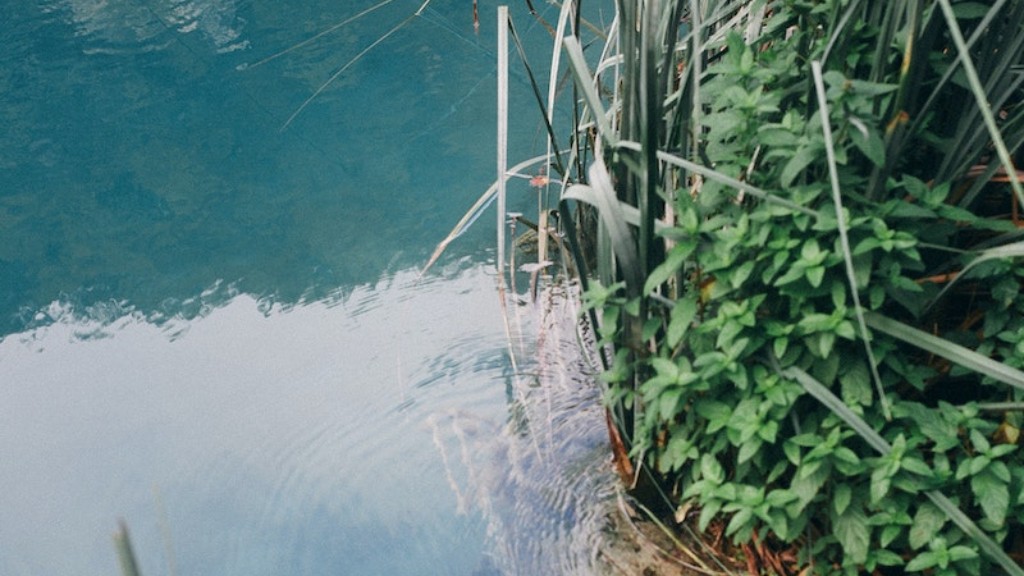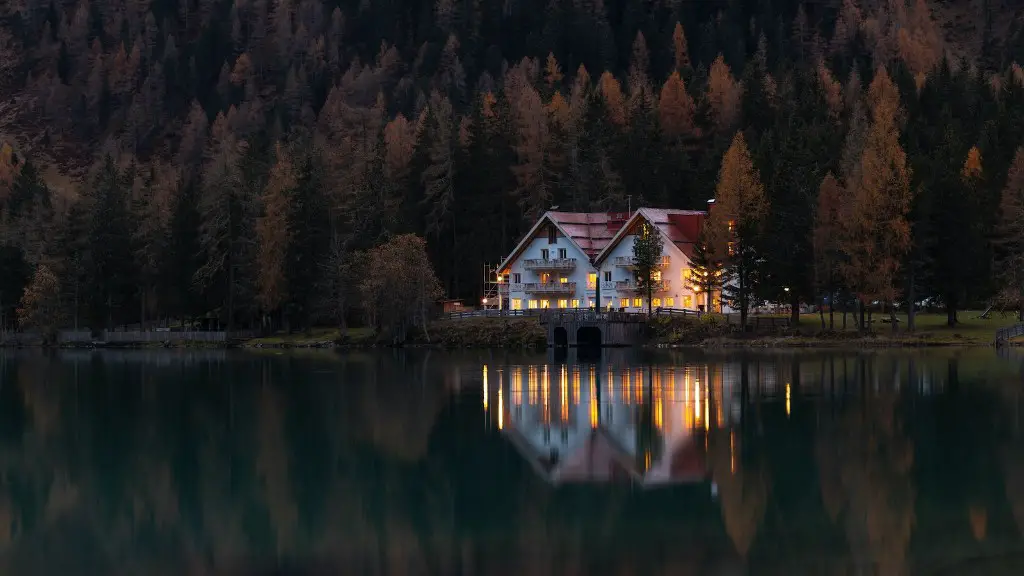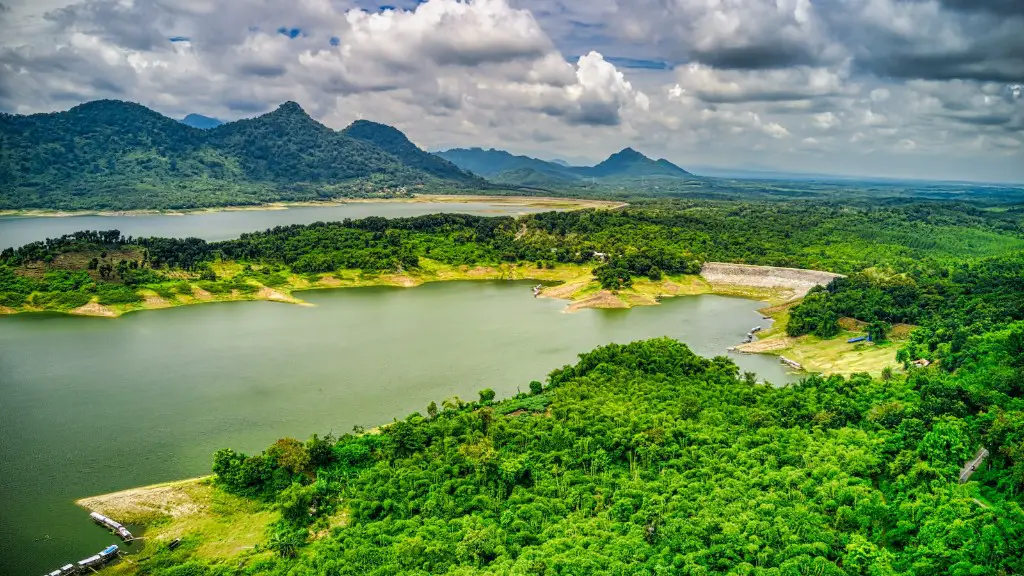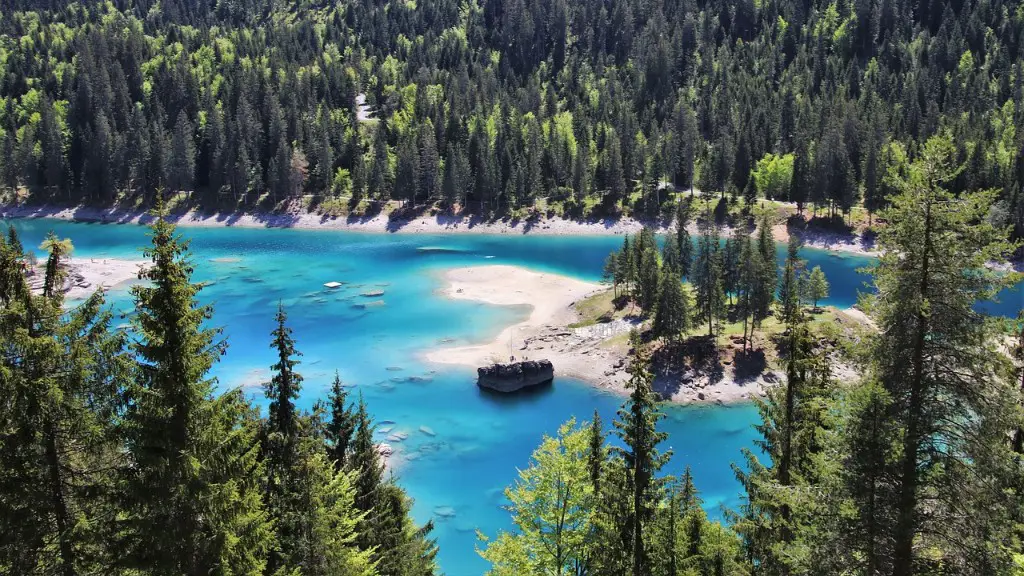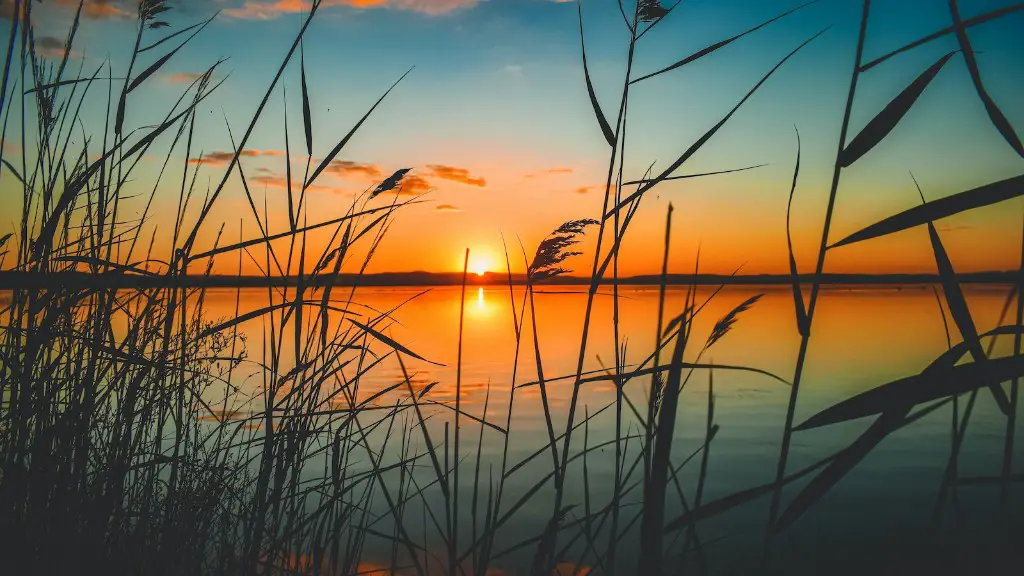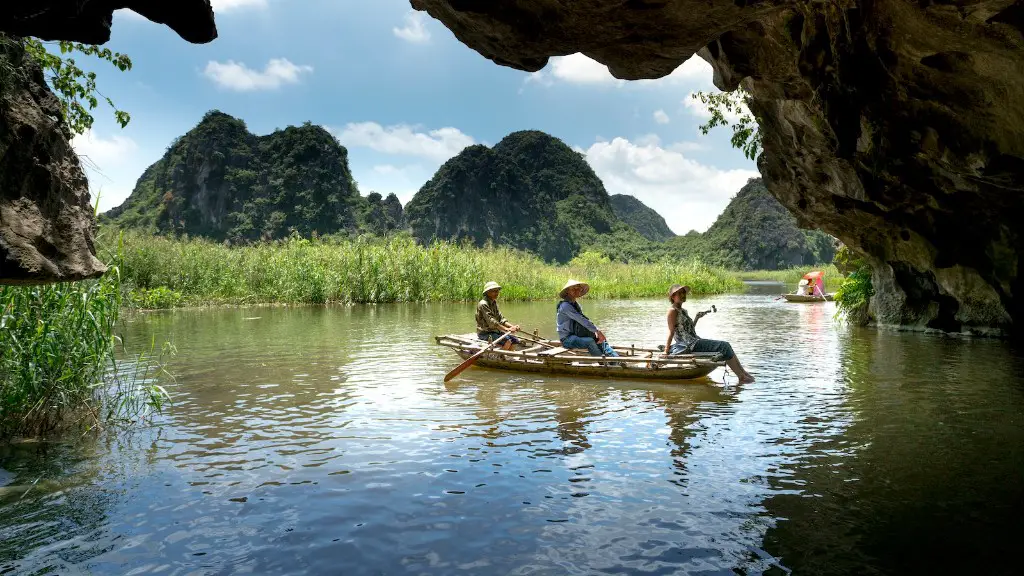A Look at the Lake Superior
Lake Superior, the largest and deepest of the Great Lakes, is among North America’s most breathtaking sights. Spanning over 31,700 square miles and stretching 400 miles, the vast expanses of this freshwater giant captivate visitors and locals alike. But the Lake Superior’s influence and history goes far beyond its beautiful vistas – it forms a deep cultural touchstone, especially among Indigenous people from the Chippewa tribes.
The Chippewa, also referred to as Anishinaabe, are an Indigenous nation of about 200,000 people who have lived in the Great Lakes region for thousands of years. For Chippewa people, Lake Superior has an especially significant place in their culture. They refer to it by its Ojibwe name “Gichigami,” meaning “big water,” and have long-held spiritual and economic connections to the lake.
Lake Superior is the source of much of the Chippewa culture’s sustenance, providing a vital link to other Anishinaabe who live on its shore. In the past, the lake’s bounty of fish and fauna provided a foundation for the Chippewa way of life, including navigation, trading, and sustenance.
The lake is home to Ojibwe legends and stories, and its very existence is the reason the Chippewa have been able to remain in their ancestral homelands. Gichigami carries with it so much more than just practical value; it is symbolic of the Chippewa’s relationship to the area, their traditional belief systems, and their collective experience as a nation.
Sacred Nature of the Lake
According to Anishinaabe spiritual beliefs, Gichigami is a living entity, a sacred source of life and power. This holiness extends to its other inhabitants, the plants and animals that live in and around its waters. The Chippewa believe that everything has a spirit, including the fish that populate the lake, and that all of these spirits must be respected and approached with humility.
In his book Ojibwe Forests through Time, archeologist Jared Duke describes the importance of Gichigami to the Anishinaabe: “For Ojibwe people, the lake is a living elder, a relative and an inspiration. It is a place of connection to and recognition of the predecessors and a source of guidance for travel and transformation.”
The lake’s sacred nature is reflected in traditional practices, which remain strong today. Cooking, hunting, fishing, and other activities are still performed with a deep respect for the lake and its inhabitants. On the shores of Lake Superior, it’s not uncommon to catch sight of a gathering or ceremony, such as a Sunrise Dance or Elder’s Feast.
These traditional practices provide a way for the Chippewa to continue connecting with their land and to remain aware of their cultural roots. By engaging these practices and paying homage to Gichigami, the Chippewa keep their deep connection to their ancestral homelands alive.
Economic Significance of the Lake
However, the economic significance of Gichigami should not be underestimated. For centuries, the lake’s bountiful fish, fauna, and other resources provided sustenance and a way of life for local communities. Even today, many Ojibwe people make a living off the lake and its resources, planting, trapping, and hunting in its waters.
In addition to traditional practices, the modern Lake Superior economy is largely driven by the goods and services that make their way through the Great Lakes. The St. Lawrence Seaway, which opened in 2015, is a major link between North America and international markets. This major transportation system has resulted in an increase in trade and development opportunities in the region.
Commercial fishing also has a long history on Lake Superior, and it remains an important economic activity today. A variety of fish inhabit its waters, including whitefish, sturgeon, salmon, and trout, and these fish are a source of income for many Indigenous and non-Indigenous people living in or around the lake.
Lake Superior has also long been used as a way to generate hydroelectric power. The lake’s immense size makes it an ideal location for energy production, and hydroelectricity is a major component of the region’s power grid.
Pollution and Climate Change Impact
Unfortunately, the lake is not without its problems. Industrial and mining pollution has caused significant damage to the lake’s environment and has led to contaminated fish and water sources. To make matters worse, climate change is also having a major impact on Lake Superior and the surrounding region.
Rising temperatures mean decreased ice cover, which affects fish populations and the overall health of the lake. In addition, climate change-induced shifts in weather patterns cause precipitation increases and water levels to fluctuate, which can lead to more frequent and intense storms.
In response to the threats posed by pollution and climate change, a number of initiatives have been developed to restore and protect Lake Superior. However, understanding Gichigami’s importance as a living entity and respecting its waters, plants, and animals are key to preserving its sanctity and sustaining its resources.
For many Chippewa, Gichigami is not only a sacred lake but also a cultural heritage—one that is to be cherished, respected, and protected.
The Water Conflict
In addition to the environmental challenges facing the lake, there are ongoing conflict regarding its water rights between Indigenous people and Canadian and U.S. government. This conflict is rooted in a long history of colonialism, exploitation, and disregard for Indigenous nations’ sovereign rights.
In recent decades, Indigenous activists and grassroots organizations have taken up the fight for Indigenous water rights and sovereignty, as well as for the restoration of the lake’s environment. The fight against these issues is far from over and continues to be a key part of the Chippewa’s relationship to the lake.
At the center of the battle is a battle for control over the lake and its resources, a battle between industry, governments, and the Indigenous people who call Lake Superior home. The Chippewa have long been fighting for the right to self-determination and the right to protect Gichigami, and in recent years they have made significant strides in this fight.
Preserving a Way of Life and Legacy
Gichigami holds tremendous symbolic and practical importance for the Chippewa, and their connection to the lake is a living reminder of their history, culture, and identity. The lake represents not only a source of food and water, but also of spiritual nourishment, a connection to the land, and an affirmation of the Chippewa’s long-held beliefs and values.
The Ojibwe’s reverence for the lake, and their commitment to preserving it, reflects their commitment to their culture, their traditions, and their way of life. Gichigami is not only a source of sustenance, but also of identity, a living embodiment of the Chippewa’s ancestral truth and an integral part of the Anishinaabe’s connection to the land.
Efforts to Preserve Gichigami
The Chippewa have long been involved in a wide range of initiatives to protect Gichigami and its resources. Through educational and legal initiatives, they have been working to ensure that the lake’s resources are preserved and respected. A growing number of organizations are working to protect the lake, with a focus on educating the public about the importance of the lake, advocating for Indigenous water rights, and developing sustainable fishing and other land management practices.
In addition, Native and non-Native people alike are increasingly speaking out about the need to protect the lake, take action against climate change, and restore the environment.
Today, the Anishinaabe’s connection to Gichigami continues to be a source of spiritual and economic sustenance. And through their commitment to preserving the lake’s resources and honoring its spiritual importance, the Chippewa are keeping their legacy and culture alive.
Preserving the Water Anishinaabe Called Throughout Time
For centuries, the Anishinaabeg have held the Great Lakes and the waterways that connect them in deep reverence. The Chippewa have long-honored and stewarded the waters they call “Gichigami,” or “big water,” as if they are kin. In recent years, more people are recognizing the value of this deep relationship between the Chippewa and Lake Superior.
In recent years, the Chippewa have been involved in a number of efforts to protect the lake, ranging from legal initiatives to public education campaigns. In an effort to increase awareness and support for the preservation of the lake and its resources, many non-Native people have also joined these efforts. Through collaborative efforts and increased support, the Chippewa have been working to ensure that Gichigami is respected and protected for future generations.
By raising awareness and support for restoration projects, the Chippewa are reclaiming their traditional stewardship role and protecting a precious source of life and culture. Through their efforts, the Chippewa are ensuring that the water Anishinaabe called throughout time will continue to be respected for generations to come.
What Lies Ahead for Gichigami?
The Chippewa’s relationship with Gichigami is both ancient and ongoing, and it is one of the great examples of the enduring strength of Indigenous cultures. The Chippewa’s reverence for the Great Lakes and their commitment to preserving them is a testament to their long-held belief that the land and its resources are connected, part of a cycle of life that must be respected and treasured.
Looking to the future, the Chippewa remain committed to safeguarding Gichigami and its resources. In the face of climate change, industrial pollution, and a growing awareness of Indigenous rights, the Chippewa are continuing to fight for the protection of their lands, waters, and cultures. Through their dedication, the Anishinaabe will ensure that the water they have been calling Gichigami for thousands of years remains a source of life and inspiration.
